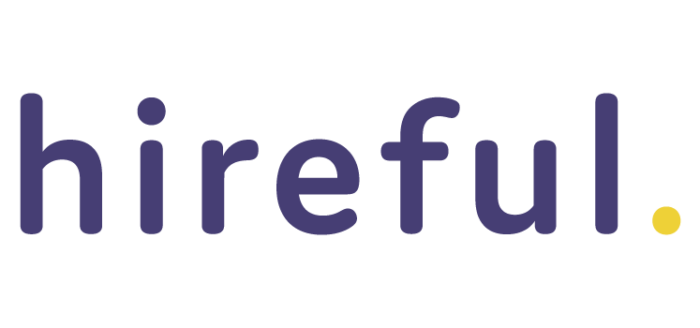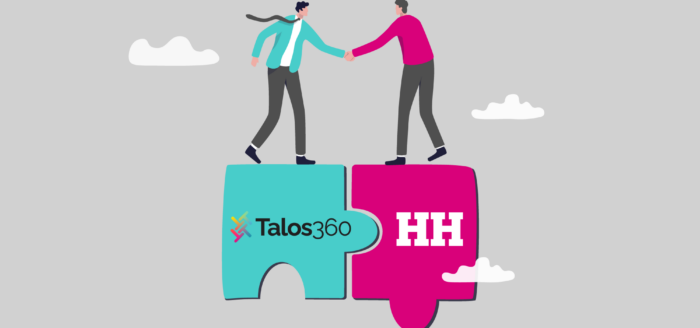
2018 was a very busy year for product at Hiring Hub. I’ve been asked to write some reflections on how we’ve been reimagining what a recruitment marketplace could be, and how we’ve translated that into clear, actionable strategy.
According to the Recruitment and Employment Confederation’s (REC) Recruitment Industry Trends report for 2017/18, Recruitment is a £35.7bn industry in the UK ($485bn globally), that is dominated by a few huge players. Alongside these industry giants in the UK, there are over 16,000 smaller, independent agencies who provide a more tailored experience to employers, but lack the economies of scale to compete directly with their larger competitors.
Hiring Hub is an online marketplace for recruitment agencies in the UK. It brings together these specialist, independent recruitment agencies and matches them with employers to fill jobs faster with less hassle for both parties.
I joined the company early in the year — some six months after it had raised a significant round of investment — as a Design and Research Consultant to help Simon (CEO) and Anna (CTO) define the next steps for developing their marketplace.
After several early conversations, we assembled a small group of people representative of each of the key areas of the business (CEO, CTO, Account Manager, Customer Success, Design and Research) from within the company and met off-site at Plant — a co-working space in Manchester.

After what had been a period of fast internal growth (headcount had almost tripled in six months) we wanted to take stock of where we were as an organisation. We started with the basics: what was the solution we were selling? Why were our customers working with us? Where were the gaps in our current offering and what did we need to do to fill them?
We wanted align ourselves around where we needed to go, how we were going to get there and get a shared understanding of why we were doing it in the first place.
Getting started
In the project kick-off workshop we set out to understand the following:
- Purpose: What is the overall purpose of the project?
- Desired Outcome: What specific outcomes should be achieved by the end of the project?
- Target Group & Value: Who are you doing the project for? And what value does it provide to those people? What jobs are they trying to do?
- Roles: Who is involved and what are they responsible for?
- Milestones & Budget: What needs to happen by when? And how much money do you have?
- How: How will the team work together, how will you communicate, divide tasks, collaborate, approach decision making, etc.
- Success / Fiasco Criteria: What does success look like? What does failure look like?
- Connections: What projects are connected to this one? Are there any other documents or data sources that we need to take into account?
Once we had defined the scope and our expectations for the project, it was time to focus on the service we provided for our customers. Collective workshops like this are a fantastic opportunity to get the knowledge in the room up on the wall and develop a shared understanding of our starting point.
Who are the people involved?
We needed some more definition on who our customers were and what made them tick. When developing personas for products and services it’s essential to understand things like a person’s behaviours, motivations, goals and objectives over things like demographics and associated brands. We used Behavioural Personas as a framework to capture the knowledge already in the room.
This was helpful in not only defining our current understanding, but also to help me map out the different interactions and relationships that existed and how the introduction of the platform might affect them.

I find these maps very helpful when planning my research in understanding how the system works, who I need to speak with or observe, and how best to frame those conversations.
Mapping
Finally, I really wanted a holistic overview of the entire process of recruitment through the platform – right from a brief being posted by an employer, a candidate being sourced and submitted by a recruitment agency, through to them being offered a contract of employment and the subsequent invoice being sent.
This gave us a great oversight into the detail of the processes and presented a good opportunity to step back and think about what made sense and — more importantly — challenge what didn’t. It also added more fidelity to our research strategy; allowing us to probe deeper into how our customers felt about aspects of the process.

With rudimentary personas and a proto-map in place, we had enough information and understanding to design a research strategy and talk to our customers — or as Steve Blank puts it, “get out of the building”.


